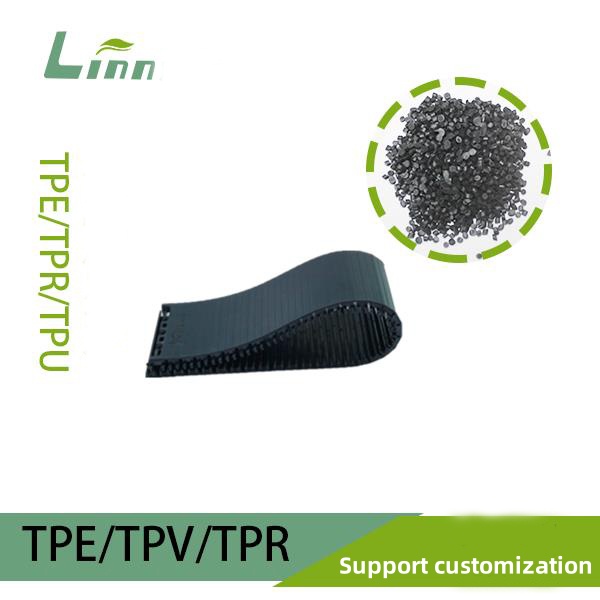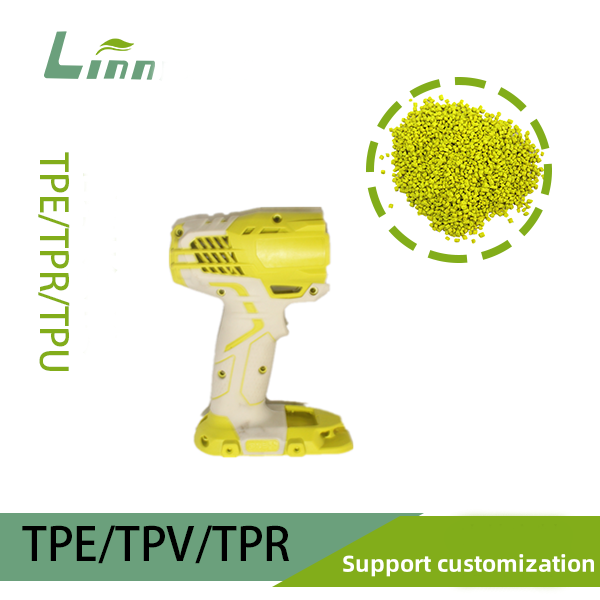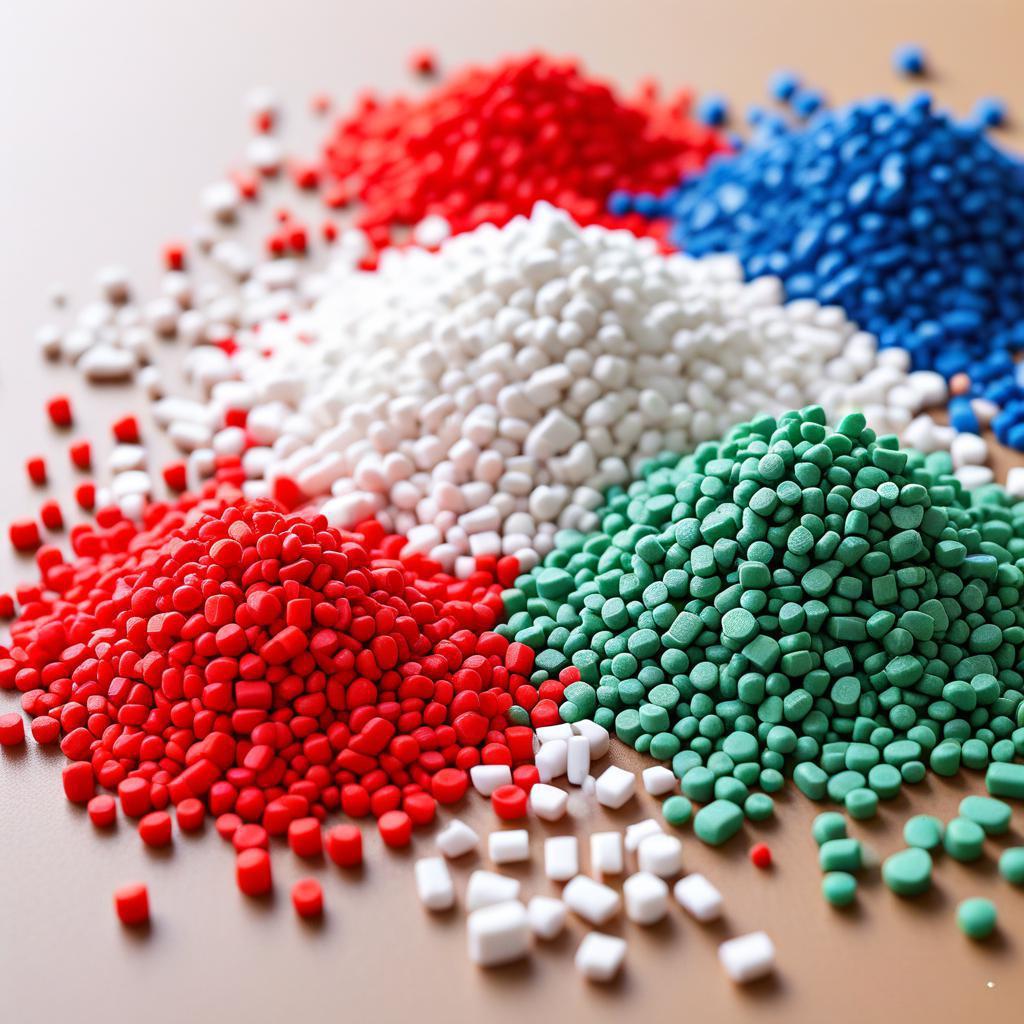Hey everyone! I’ve been knee-deep in the world of thermoplastic elastomers (TPE) for years, and let me tell you, there’s nothing more frustrating than seeing bubbles pop up in an overmolded part. You’ve got this perfect plan—maybe you’re bonding TPE to a hard plastic like PP or ABS for a grip or seal—and then bam, those pesky air pockets ruin the finish. I’ve been there, staring at a batch of bubbly parts, wondering where I went wrong. But after plenty of trial, error, and coffee-fueled troubleshooting, I’ve cracked the code on tackling this issue. Today, I’m sharing my hard-earned fixes, real-life stories, and practical tips to help you get smooth, bubble-free TPE overmolding. Let’s dive in and sort this out together!
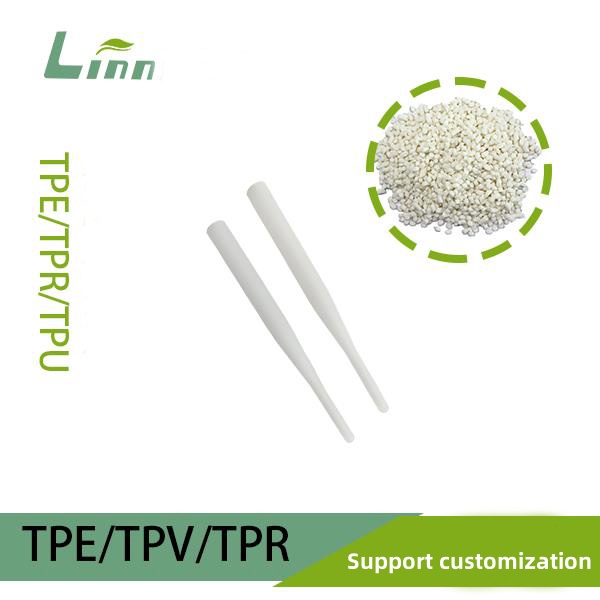
Why Do Bubbles Show Up in TPE Overmolding?
The first time I saw bubbles in an overmolded TPE part, I was baffled. Everything seemed fine—material prepped, machine humming—but the finish looked like a moonscape. After digging into it (and pestering some industry pals), I figured out bubbles aren’t just bad luck. They sneak in for a few key reasons:
Trapped Air: Air gets stuck between the TPE and the substrate during injection, especially if the mold isn’t vented right.
Moisture in Materials: TPE or the base material (like PP) can hold water, which turns to steam under heat and forms bubbles.
Temperature Issues: Too hot, and the TPE might break down, releasing gases. Too cold, and it doesn’t flow well, trapping air.
Poor Bonding: If the TPE doesn’t stick well to the substrate, gaps form, letting air sneak in.
Processing Speed: Inject too fast or slow, and you can trap air or create turbulence.
Once I nailed down these culprits, fixing the problem got a lot less mysterious. Let’s walk through how I handle it.
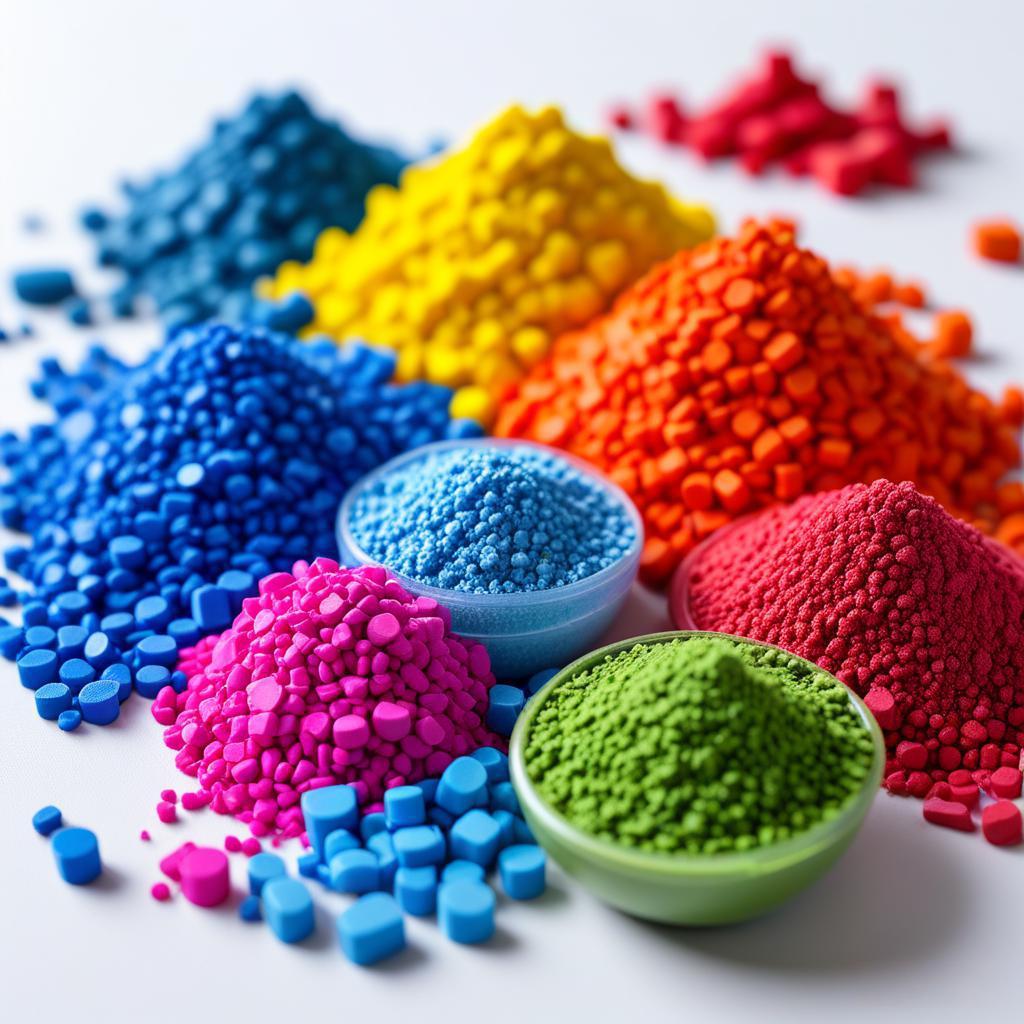
How to Get Rid of Bubbles in TPE Overmolding
Through years of tweaking and testing, I’ve built a solid game plan for kicking bubbles to the curb. Here’s what works for me, step-by-step:
1. Dry Everything—Seriously
Moisture’s a bubble-making machine, and I’ve learned the hard way that skipping this step is a rookie mistake.
How I Do It: Dry TPE granules at 80°C (176°F) for 2-4 hours in a dehumidifying dryer. For the substrate (say, ABS or PP), I dry at 70-90°C for 2 hours—check the spec sheets.
Why It Works: Water turns to steam at processing temps (around 180-220°C), creating bubbles. Drying stops that cold.
My Tip: Even if the material looks dry, do it anyway. I once skipped drying a “fresh” TPE batch, and the parts came out like bubble wrap.
2. Optimize Mold Venting
A mold that can’t breathe is a bubble factory. I’ve seen this trip up even seasoned pros.
What I Do: Add or widen vents—aim for 0.01-0.03 mm gaps along parting lines or at trouble spots. Test with a small run first.
Why It Helps: Vents let trapped air escape as TPE flows in.
Real Story: I had a mold with tiny vents that kept bubbling up. Drilled a few extra 0.02 mm slots, and the finish went from spotty to flawless.

3. Fine-Tune Processing Temperatures
Temperature’s a balancing act. I’ve burned TPE by going too hot and trapped air by going too cold—both lead to bubbles.
How I Fix It: Set TPE barrel temps to 180-210°C for SEBS-based grades, or 200-230°C for TPU-based ones. Keep the substrate warm (around 40-60°C) for better adhesion.
Why It Works: Right temps ensure smooth flow without degrading the material.
Lesson Learned: I cranked the heat to 240°C once, thinking it’d flow better. Nope—gassy mess. Stick to the sweet spot.
4. Adjust Injection Speed and Pressure
Injection settings can make or break your overmolding. I’ve dialed these in over countless runs.
What I Do: Start with a moderate speed (around 50-70% max), then tweak—slower for thin parts, faster for thick ones. Keep pressure steady, around 800-1200 bar.
Why It Helps: Too fast traps air; too slow lets it pool. Steady pressure packs the TPE tight.
Pro Move: I run a test shot, watch for bubbles, and adjust speed by 10% until it’s smooth.

5. Improve Substrate Prep
A clean, compatible base is key. I’ve had bubbles form because the substrate wasn’t ready for TPE.
How I Fix It: Wipe the substrate with isopropyl alcohol to remove oils, and roughen it slightly (sandpaper or plasma treatment) for better grip.
Why It Works: Good adhesion leaves no room for air pockets.
Quick Win: I started plasma-treating ABS inserts for a project—bubble count dropped to zero.
6. Use a Vacuum Assist (When All Else Fails)
For stubborn cases, I’ve pulled out the big guns: vacuum molding.
What I Do: Hook up a vacuum pump to the mold to suck out air before injection.
Why It Helps: No air, no bubbles—simple as that.
Heads-Up: It’s overkill for most jobs and pricey, but it saved a high-stakes run once.
TPE Overmolding Bubble Troubleshooting Table
Here’s a table I’ve leaned on during late-night fixes. It sums up what I’ve seen and how I tackle it:
| Bubble Type | Likely Cause | How I Fix It | Watch Out For |
|---|---|---|---|
| Small Surface Dots | Moisture in TPE or substrate | Dry both at 80°C for 2-4 hours | Don’t skip drying |
| Big Internal Pockets | Trapped air in mold | Add vents (0.02 mm) or use vacuum | Check vent clogging |
| Cloudy Patches | Overheating TPE | Lower temp to 180-210°C | Test small batches |
| Bubbles Near Edges | Poor substrate adhesion | Clean and roughen substrate | Test bond strength |
| Random Scattered Bumps | Injection too fast | Slow speed by 10-20% | Monitor flow patterns |
My Bubble-Busting Adventure
Let me share a war story. I was overmolding TPE onto PP handles for a kitchen tool—simple job, tight deadline. First batch looked great until I inspected closer: tiny bubbles all over the TPE layer. Client wasn’t happy, and I was scrambling.
I checked the usual suspects. The TPE hadn’t been dried (my bad—rushed it), and the mold vents were too narrow. I dried the next batch at 80°C for 3 hours, widened the vents to 0.03 mm, and slowed the injection speed by 15%. Ran a test shot—smooth as silk. The client got their parts on time, and I learned to never skip the basics, no matter how pressed I am.

How to Keep Bubbles Out of TPE Overmolding
Fixing bubbles is one thing, but stopping them before they start? That’s the dream. Here’s my prevention checklist:
Dry Every Batch: Make it a habit—TPE and substrate, every time.
Design Smart Molds: Work with your mold maker to add vents and flow channels upfront.
Dial In Settings: Record what works (temps, speeds, pressures) and stick to it.
Pick Quality TPE: High-grade TPE from places like Linn bonds better and bubbles less.
Test Early: Run a small batch to spot issues before going full-scale.

FAQs to Wrap It Up
I’ve heard these questions a ton, so here’s my take based on experience:
Q1: Can I still use bubbly overmolded parts?
A: If it’s cosmetic, maybe. If it’s structural (like a seal), nope—bubbles weaken it.
Q2: Why do bubbles show up after cooling?
A: Could be trapped gas expanding. Check moisture or temp settings.
Q3: Does substrate type matter?
A: Yup—PP and ABS bond well with TPE, but slick stuff like PE needs extra prep.
Q4: How do I know if my mold’s vented enough?
A: Run a shot and look for burn marks or bubbles. No burns, fewer bubbles? You’re good.
Q5: Can I fix bubbles without remaking parts?
A: Not really—re-molding’s your best bet. Prevention’s cheaper than repair.
Final Thoughts
Bubbles in TPE overmolding can drive you up the wall, but they’re not unbeatable. Dry your materials, vent your molds, tweak your settings, and prep your substrates—I’ve used these tricks to turn disasters into wins. I’ve had my share of bubbly flops, but each one taught me how to do better. Hopefully, this guide helps you smooth things out and keep your parts flawless. Got more questions? Hit me up or swing by Linn’s site for extra tips. Here’s to bubble-free overmolding—may your TPE stick where it’s supposed to and nowhere else!


